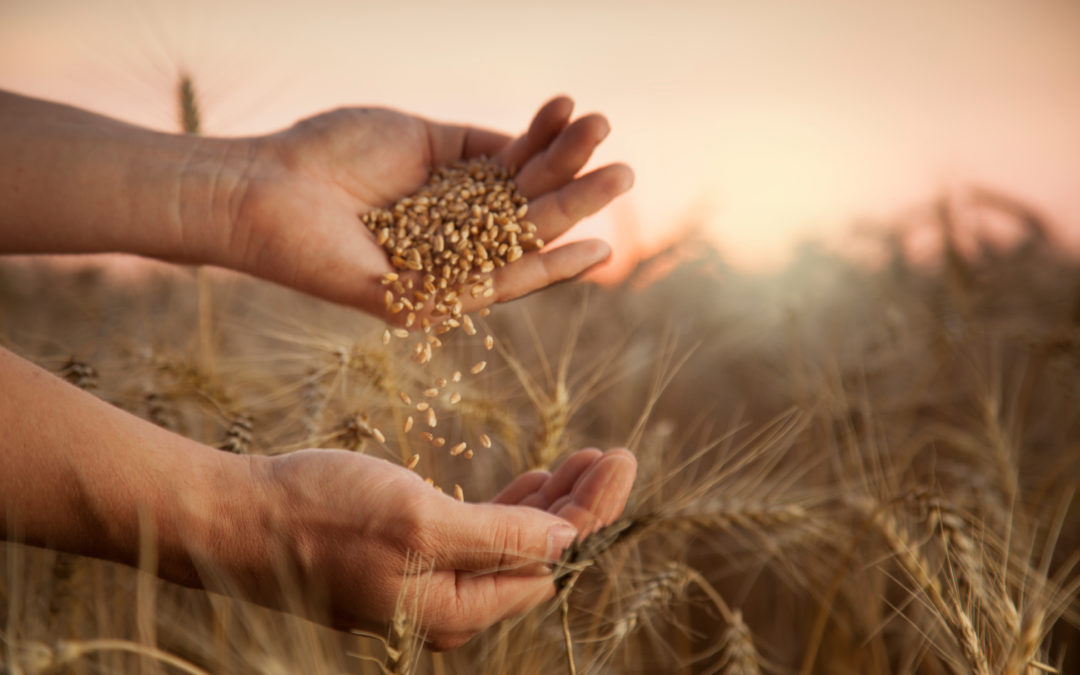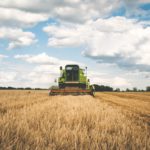Today the world is facing the prospect of widespread food insecurity and starvation unlike any food crisis we have experienced in our lifetimes. According to the United Nations World Food program (WFP), “[m]illions of people across the world are at risk of being driven into starvation unless action is taken now to respond together and at scale.”
There are a number of factors coalescing to cause this new food crisis. First and most obvious is the war in Ukraine. Grains harvested in Ukraine during 2021 have not reached the market. They are currently sitting in storage and may spoil before being consumed by anyone. Ukrainian crops being harvested in 2022 have nowhere to go. They cannot be exported because of Russia’s blockade of the Black Sea and there is little to no storage capacity in country.
Ukraine typically accounts for approximately 5% of the calories traded worldwide in any year. This year that number will likely be reduced to almost nothing. The loss of 5% of the calories traded globally would by itself be challenging. But this food crisis gets worse.
Ukraine and Russia together account for about 40% of the fertilizer exports globally. Trade restrictions and the Russian blockade of Ukraine has kept that fertilizer out of farmers’ hands for 2022. The absence of that fertilizer in the global market combined with higher energy prices have driven the costs of fertilizer up dramatically this year. In many locations farmers are using less fertilizer and as a result are anticipating lower yields.
WFP estimates that be the cereal production [in Eastern Africa] during the 2022 cropping year could potentially decrease by 16% year-on-year because high fertilizer and fuel prices. The total 2022 cereal production will be about 37.8 million MT, down from 45.2 million in 2021. This represents about 7.2 M crop production. There is a likelihood of the number of food insecure people in the region rising by nearly 6-7 million by the end of the year solely because of the reduced crop production because of the fertilizer price increase and attendant reduction in use.
On top of these challenges, the impacts of climate change seen in both persistent drought and record setting extreme floods are reducing agricultural output globally.
A Chinese agricultural official said on March 5 that this year’s China winter wheat crop could be the “worst in history,” Reuters reported. Minister of Agriculture and Rural Affairs Tang Renjian told reporters at the country’s annual parliament meeting that a survey taken of the crop prior to the start of winter showed a 20% reduction in first- and second-grade winter wheat, due mainly to heavy rainfall during planting that reduced acreage by one-third.
Europe was anticipating lower crop yields in June due to higher than normal temperatures. This was before the continent was hit with the record setting heat wave it is experiencing right now. Because of the ongoing nature of the current heat wave, we don’t currently understand how much worse the yield in Europe will be this year, but it is almost certainly going to be worse than anticipated in June.
In the face of rising prices and decreasing yields countries are limiting or restricting food exports. On Friday, May 13, 2022, the Indian government announced a ban on wheat exports, effective immediately. The decision was prompted by a smaller-than-expected wheat harvest, rising food inflation, and low government wheat procurement under its Minimum Support Price program. As of the date of this article, at least 14 countries have announced restrictions on food exports for this year.
As is typically the case in times of shortages, the countries most impacted by these shortages will be the poorest most food insecure in the world. But lower income people in every country will suffer as food prices escalate across the board. We believe that 2022 will be the year that food security and the impact of climate change on food production becomes a mainstream issue.
The way we produce food has to change for us to meet these challenges and avoid even worse disasters in the future. We need to develop alternatives to synthetic fertilizers and learn to use the fertilizers we do have in more efficient ways, applying it where needed only and avoiding waste in the form of runoff that pollutes our waterways. We need to develop crops that are drought resistant using less water. For the water we do use in agriculture, it needs to be used more efficiently applied when and where needed only. We need to get more of the proteins we use from precision fermentation and less from animals that are fed with grains like the alfalfa that is draining the Colorado River dry right now.
The food crisis we face can be solved with innovation. The ability to efficiently sequence DNA, process data and understand biology in ways we never have before exists today. Companies are working on solutions to solve these problems. We can walk through the iSelect portfolio and point to companies addressing every one of the challenges discussed in this article. The problems we face are real, but the pathway to more sustainable agriculture is in front of us if we support the entrepreneurs who are innovating solutions.





